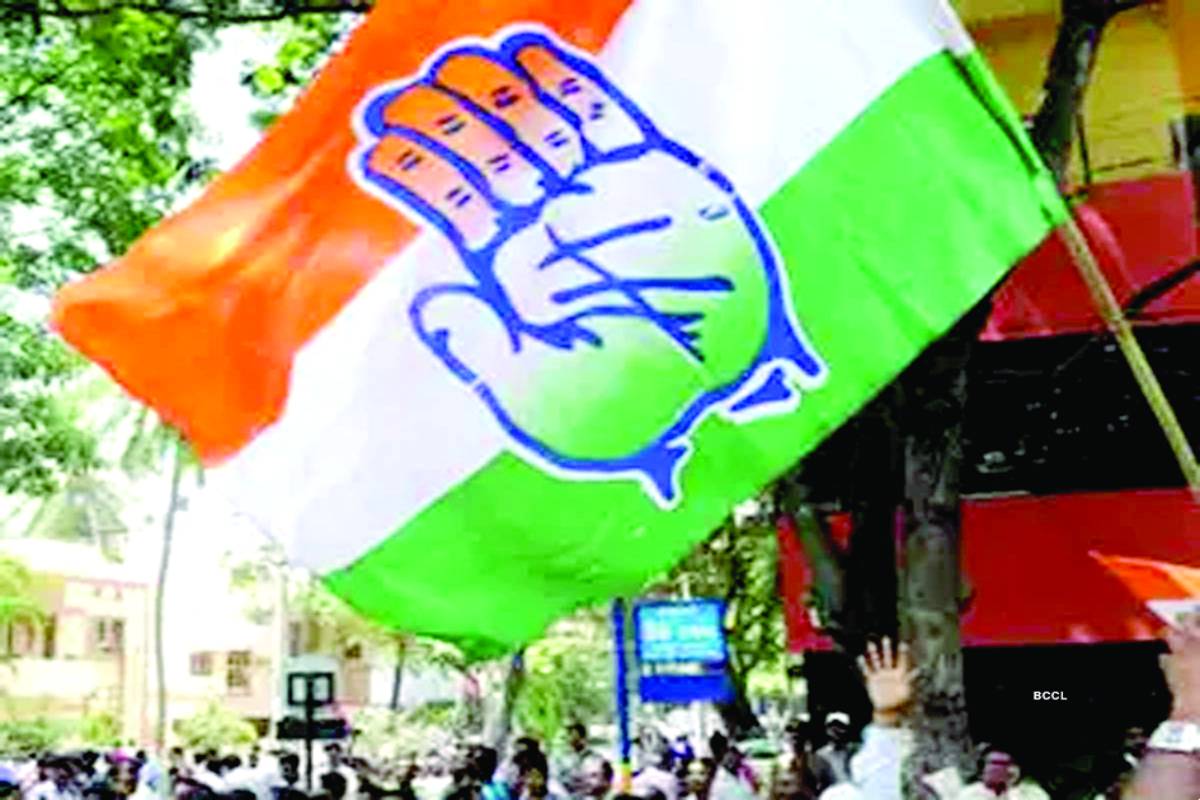Golden garden
The world of symbols we inhabit is unfortunately twice removed from reality, with “removed” being the operative word.

The Congress Party is trying to mobilize support from NGOs and civil society activists to politically fight against the Modi government. There is nothing new about political parties taking the help of such groups when it suits them. The only difference now is that it is not as indirect and subtle as it used to be.
Congress President Sonia Gandhi has set up an agitational committee in the party under the chairmanship of former Madhya Pradesh chief minister Digvijay Singh. This committee aims to identify the issues and bring on board members of non-government organisations (NGOs) and civil society to help their agitations against the government’s policies.
The Grand Old Party, which had several constituents like the Seva Dal, Youth Congress, a students wing, a women’s wing and other units, has weakened over the years. It is no match to the BJP’s Sangh Parivar politically. As former Minister Sharad Pawar commented, the Congress is like a zamindar who can’t maintain his haveli. So going back to the tried and tested support of NGOs and civil society as the foot soldiers is the best option right now.
Singh is heading a powerful nine-member committee that includes Priyanka Gandhi Vadra. Singh is known for networking with civil rights groups. There are political NGOs that mobilise public opinion against the government’s policies. The Congress has many issues to agitate at present. They include price rise, farmers’ agitation, demonetisation, Afghanistan, China, Pakistan, and many others. Since the Monsoon session of Parliament was a washout, these issues remain unaddressed. Now the party has decided to take these issues to the street and the panel has an important role to play.
Naturally, the panel will report directly to Sonia Gandhi. By giving this responsibility to Singh, an old hand at agitational politics, Sonia has tried to kill two birds with one stone. By accommodating him, she sends a signal that the old guard will not be neglected and also pleases the group of 23 rebels demanding reforms in the party. Secondly, she has found for the wily Singh a job which he could do well.
As mentioned earlier, political parties having connections with NGOs is not a new thing. Many parties like the Congress, BJP and the Communist parties have had contact with them indirectly. But hardcore politicians have never been under any illusion. They have to constantly deal with social activists behind the scenes.
India has an extraordinarily broad spectrum of civil society organisations encompassing social movements, trade unions and mass organizations. In fact, since the 1980s, they have not only made major strides in social and development work but also aided political parties in their agitations. India has 3.4 million NGOs working in various fields, from disaster relief to advocacy. Delhi is considered to be the epicentre of civil society organisations, networks, campaigns and movements.
During Nehru’s period, Gandhian NGOs played a significant role in providing welfare and relief. During Indira Gandhi’s regime, Gandhian activists like Jayaprakash Narayan mobilized workers, NGOs, students, and trade union leaders, and threw out Indira in 1977. When she returned to power in 1980 she again increased control over civil society organisations. During Rajiv Gandhi’s regime, NGOs got involved in many rural development programmes. In the 1990s, with many Indian NGOs gaining international status they became stronger in advocacy.
Being in power for the longest time, Congress at times befriended the NGOs and at other times regulated them. For instance, during the backward Classes reservation agitation, after Prime Minister V.P. Singh, implemented the Mandal Commission recommendations, Congress opposed it directly and indirectly through these NGOs.
The BJP definitely played a role during the Anna Hazare agitations against corruption in 2011. The Anna Hazare movement is considered a milestone in India’s history as it forced the government to accept civil society’s demand to draft the stringent anti-corruption law, the Lokpal Bill. Arvind Kejriwal’s launch of the Aam Admi Party and his ascent to the chief minister’s position in Delhi marked the culmination of a critical phase of civil society experiments with electoral politics.
Not all NGOs have a clean political record. Urban NGOs are accused of being ‘elitist, while grassroots NGOs are dubbed as ‘corrupt’. The government is rightly worried about foreign funds being utilized for political and religious purposes in underdeveloped and sensitive areas, especially along the country’s borders.
Some say that poll strategist Prashant Kishore suggested the NGO route to the Congress Party even as he is waiting to paratroop into the top ranks of the party. But joining hands with NGOs is like riding a tiger. The Grand Old party should be in control and not vice versa. But Digvijay Singh is known as a wily politician and knows the tricks of the trade.
Advertisement